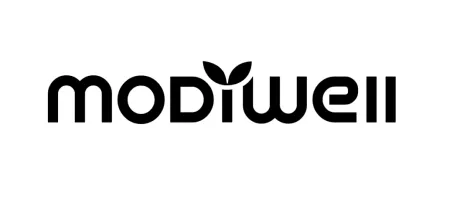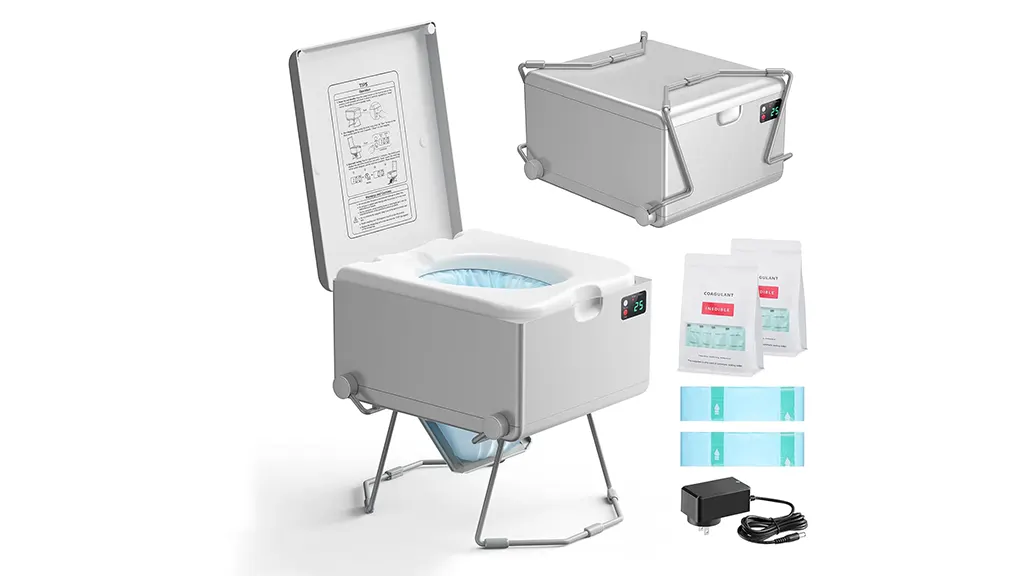Reliable bathrooms are key for off-grid homes or cabins. Plumbing-free toilets are a main consideration. You know they free you from traditional water and sewage hookups. Still, choosing the best option can be confusing. This article explores various plumbing toilets. We'll help you pick the right one for your lifestyle and resources.
What Is a Plumbingless Toilet?
Plumbing toilets are stand-alone sanitation solutions. They do not need to be connected to a conventional water or sewage system. They are ideal for locations where standard plumbing is not available or where portable sanitation is required.
Comparison of Different Plumbingless Toilet Products
Plumbing toilets offer several attractive features. They require no water for flushing, saving resources and making them ideal where water is limited. Below, we compare the key performance of common plumbing-free toilet products:
| Features / Toilet Type | Composting Toilet | Urine Separation Toilet | Incineration Toilet |
| Main Advantages | Environmentally friendly, low cost, compost output. | Good odor control, solid-liquid separation, | Complete elimination of waste, high hygiene. |
| Main Disadvantages | Compost needs to be emptied and handled, affected by temperature, improper handling may produce odor or pests | Two waste streams need to be handled | High energy consumption, expensive, smoke exhaust required |
| Energy requirements | Very low (optional fan) | Very low (optional fan) | High (electricity/gas) |
| Approximate price range | $800 – $3000+ | $100 – $800 | $3000 – $7000+ |
| Maintenance | Medium (add cover, empty) | Medium (empty solids and liquids, urine can be used as fertilizer) | Low (clean ash tray) |
| Environmental performance | Excellent (resource recovery) | Very good (resource recovery) | Medium (high energy consumption, emissions) |
| Suitable scenarios | Long-term residence, pursuit of environmental protection, composting space. | Focus on odor control, willing to handle solids and liquids. | Adequate energy, high budget, inconvenient composting, high hygiene requirements. |
If you have tried all of the above pipe-free toilet solutions or are not satisfied with them, you may want to consider Modiwell's innovative waterless toilet. Just press ‘start' to automatically seal the bag for easy disposal. Unlike traditional dry flush toilets, Modiwell uses EU-standard EN 13432 biodegradable bags. These allow for indirect composting (where local rules permit), significantly reducing environmental impact. Its low energy consumption perfectly suits off-grid power limits. Though consumables cost $0.5-$1.2 per use, Modiwell dry flush toilet is a highly recommended, sustainable choice for users seeking extreme convenience, hygiene, and eco-conscious off-grid living.
Choose According to Your Budget and Off-Grid Needs: Practical Suggestions for Plumbingless Toilets
Identify the purpose and residence time of the off-grid living
- For the occasional cabin trip or camping trip, a simple urine-diverting bucket toilet or dry-flush toilet is an economical and convenient solution.
- Seasonal living: Composting toilets are ideal for most seasonal cabins. Consider models with heating or good ventilation to cope with temperature changes.
- For year-round off-grid living, you'll need a more stable, large-capacity, and lower-maintenance toilet. Composting toilets are great for this. If you have enough energy, an incinerator can also work well. And with enough supplies, Modiwell dry flush toilet remains a good choice too.
Assess your energy situation:
- No or Limited Electricity: Prioritize non-electric composting or urine-diverting toilets (minimal 12V DC, solar-compatible). Some models of dry flush toilets are battery powered and work well for this situation
- Sufficient Electricity (Solar/Generator): Consider fan-equipped composting toilets or incinerators. Always calculate if their energy consumption suits your energy system's capacity.
Consider the convenience of waste disposal:
- Composting Site Available: If you have space and are willing to manage a compost pile, composting toilets are perfect for recycling waste. Some dry flush toilets also offer composting benefits.
- Unable to Compost / Need Extreme Convenience: If you lack space for composting or want maximum ease with trash, incinerator toilets (which burn waste but use more energy) or dry flush toilets (easy to move and discard) are good fits.
Prioritize user-friendly features
If your home is using a toilet off the grid, consider the ease of use for everyone who will use it. Is the toilet intuitive and easy to operate? Are there any complex features that might prevent children or elderly people from using it on a daily basis? Choosing a toilet that will accommodate the needs of all family members is critical to the overall comfort of your off-grid home.
Willingness and experience in maintenance:
- Willingness for Maintenance: Composting toilets need regular emptying, adding covers, and sometimes stirring. If you're willing to handle this, it's a cost-effective choice.
- Striving for Zero Daily Maintenance: Incinerator and dry flush toilets require minimal ongoing maintenance. But, consider their initial and consumable costs.
Conclusion
Go plumbing-free! Save water and enjoy independent off-grid living. Carefully pick the best plumbing toilet for your off-grid cabin.






